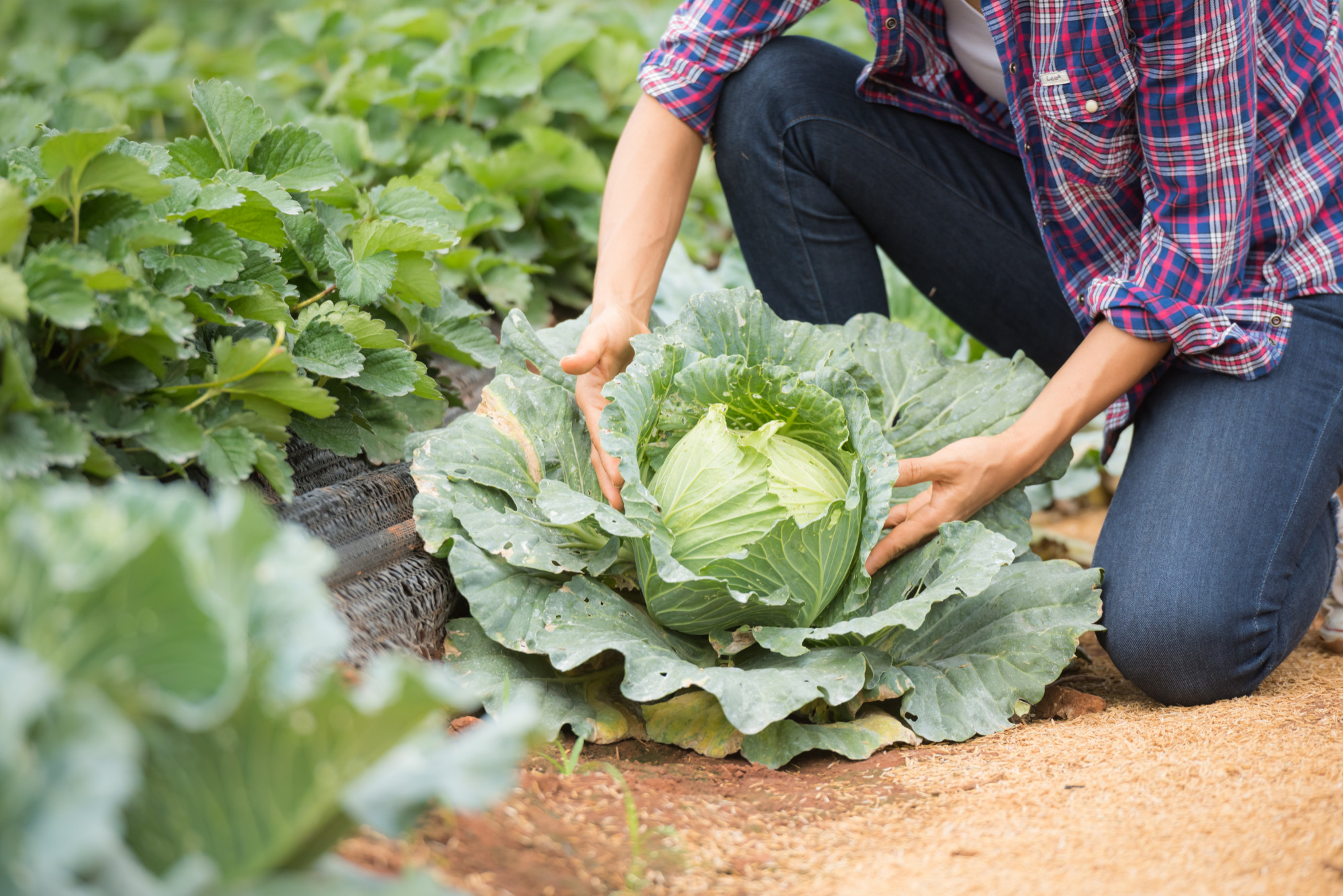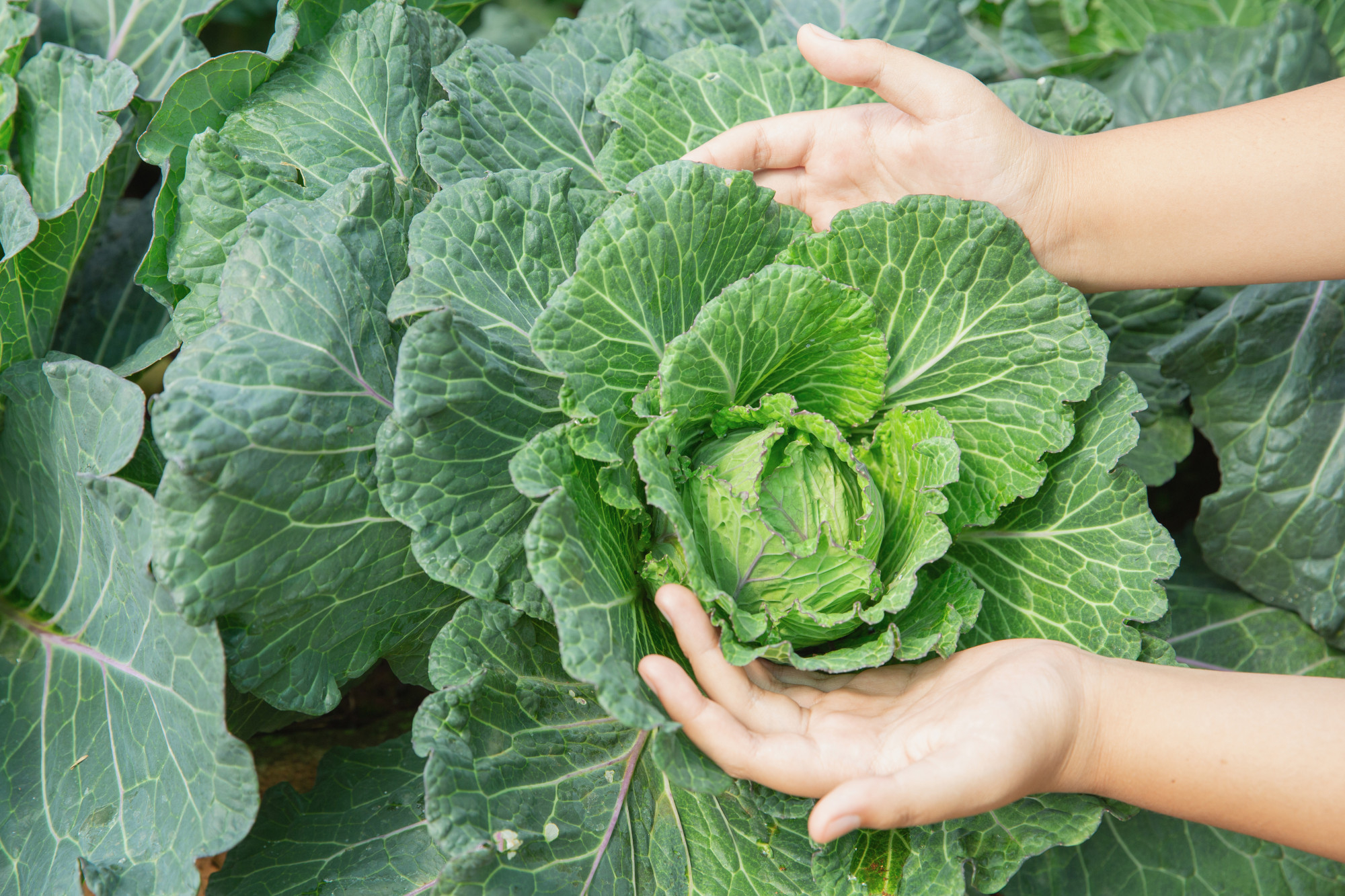Benefits of Growing Organic Lettuce for Beginners
Organic lettuce is a fantastic choice for beginners who are looking to grow their own healthy greens. Not only is it relatively easy to grow, but it also offers a wide range of benefits that make it a great addition to any garden. In this article, we will explore the various advantages of growing organic lettuce for beginners.
One of the primary benefits of growing organic lettuce is the assurance that you are consuming a healthy and chemical-free product. Organic farming practices prohibit the use of synthetic pesticides, herbicides, and fertilizers. This means that the lettuce you grow will be free from harmful chemicals that can potentially have adverse effects on your health. By growing your own organic lettuce, you have complete control over what goes into your food, ensuring that you and your family are consuming the freshest and healthiest greens possible.
Another advantage of growing organic lettuce is the positive impact it has on the environment. Organic farming methods prioritize sustainability and conservation. By avoiding the use of synthetic chemicals, organic lettuce production helps to protect the soil, water, and air from pollution. Additionally, organic farming practices promote biodiversity by encouraging the growth of beneficial insects and wildlife. By choosing to grow organic lettuce, beginners can contribute to the preservation of our planet’s natural resources and ecosystems.
Furthermore, growing organic lettuce can be a cost-effective option for beginners. While purchasing organic produce from the grocery store can be expensive, growing your own lettuce allows you to save money in the long run. With just a small investment in seeds and basic gardening supplies, you can have a continuous supply of fresh lettuce throughout the growing season. This not only saves you money but also ensures that you always have access to high-quality greens whenever you need them.
In addition to the financial benefits, growing organic lettuce can also be a rewarding and enjoyable experience for beginners. Gardening provides an opportunity to connect with nature and experience the satisfaction of nurturing a plant from seed to harvest. Lettuce is a fast-growing crop, which means that beginners can quickly see the fruits of their labor. The process of tending to the plants, watching them grow, and eventually harvesting the lettuce can be incredibly fulfilling and can instill a sense of pride and accomplishment.
Lastly, growing organic lettuce allows beginners to experiment with different varieties and flavors. There are numerous types of lettuce available, each with its own unique taste and texture. By growing your own lettuce, you have the freedom to choose from a wide range of options that may not be readily available in stores. This opens up a world of culinary possibilities, allowing you to explore different salad combinations and create delicious and nutritious meals.
In conclusion, growing organic lettuce offers a multitude of benefits for beginners. From the assurance of consuming a healthy and chemical-free product to the positive impact on the environment, there are plenty of reasons to choose organic lettuce for your garden. Not only is it cost-effective, but it also provides a rewarding and enjoyable experience. So, if you’re a beginner looking to grow your own healthy greens, organic lettuce is definitely worth considering.
Step-by-Step Guide to Growing Healthy Organic Lettuce
Organic lettuce is a popular choice for many home gardeners who want to grow their own healthy greens. Not only is it easy to grow, but it also provides a fresh and nutritious addition to any meal. If you’re a beginner looking to start your own organic lettuce garden, this step-by-step guide will help you get started.
The first step in growing healthy organic lettuce is to choose the right variety. There are many different types of lettuce to choose from, including leaf lettuce, romaine lettuce, and butterhead lettuce. Each variety has its own unique flavor and texture, so it’s important to choose one that suits your taste preferences.
Once you’ve chosen the variety of lettuce you want to grow, the next step is to prepare the soil. Lettuce prefers well-draining soil that is rich in organic matter. Start by removing any weeds or debris from the area where you plan to plant your lettuce. Then, loosen the soil with a garden fork or tiller to ensure that it is loose and crumbly.
After preparing the soil, it’s time to sow the lettuce seeds. You can either start the seeds indoors and transplant them later, or sow them directly into the garden. If you choose to start the seeds indoors, fill a seed tray or small pots with seed starting mix and plant the seeds according to the package instructions. Keep the soil moist and place the tray or pots in a warm location until the seeds germinate.
If you prefer to sow the seeds directly into the garden, create shallow furrows in the soil and sprinkle the seeds evenly along the furrows. Cover the seeds with a thin layer of soil and gently water them. Be sure to keep the soil consistently moist until the seeds germinate.
Once the lettuce seeds have germinated and the seedlings have grown a few inches tall, it’s time to thin them out. Thin the seedlings to about 6-8 inches apart to give them enough space to grow. This will also help prevent overcrowding, which can lead to disease and poor growth.
As your lettuce plants continue to grow, it’s important to provide them with proper care. Water the plants regularly, keeping the soil consistently moist but not waterlogged. Lettuce plants also benefit from regular fertilization. Use a balanced organic fertilizer according to the package instructions to provide the plants with the nutrients they need to thrive.
In addition to regular watering and fertilization, it’s important to keep an eye out for pests and diseases. Lettuce is susceptible to a variety of pests, including aphids, slugs, and snails. Inspect your plants regularly and take action at the first sign of infestation. There are many organic pest control methods available, such as handpicking pests or using natural insecticides.
Finally, when your lettuce plants have reached maturity, it’s time to harvest your delicious greens. Harvest the outer leaves of the lettuce plants by cutting them off at the base. This will allow the inner leaves to continue growing and provide you with a continuous supply of fresh lettuce.
Growing healthy organic lettuce is a rewarding experience for beginners and seasoned gardeners alike. By following this step-by-step guide, you’ll be well on your way to enjoying your own homegrown lettuce in no time. So grab your gardening tools and get started on your organic lettuce garden today!
Common Mistakes to Avoid When Growing Organic Lettuce as a Beginner

pic source:www.freepik.com
When it comes to growing organic lettuce, beginners often make some common mistakes that can hinder the growth and health of their greens. In this article, we will discuss these mistakes and provide you with tips on how to avoid them, ensuring that you can successfully grow healthy lettuce in your own garden.
One of the most common mistakes beginners make is not preparing the soil properly. Lettuce requires well-draining soil that is rich in organic matter. Before planting, make sure to amend the soil with compost or well-rotted manure to improve its fertility and drainage. This will provide the necessary nutrients for your lettuce to thrive.
Another mistake beginners often make is overcrowding the lettuce plants. Lettuce needs space to grow and develop properly. Planting them too close together can lead to competition for nutrients and sunlight, resulting in stunted growth. To avoid this, make sure to follow the recommended spacing guidelines for the specific lettuce variety you are growing.
Watering is another aspect that beginners tend to overlook. While lettuce needs consistent moisture, over watering can be detrimental to its growth. It is important to strike a balance and provide enough water to keep the soil evenly moist, but not waterlogged. To determine when to water, check the moisture level of the soil by sticking your finger about an inch deep into the soil. If it feels dry, it’s time to water. Additionally, it is best to water lettuce in the morning to allow the leaves to dry before evening, reducing the risk of disease.
Proper fertilization is crucial for the healthy growth of lettuce, but beginners often make the mistake of over-fertilizing or using the wrong type of fertilizer. Excessive use of synthetic fertilizers can lead to nutrient imbalances and damage the soil ecosystem. Instead, opt for organic fertilizers that are specifically formulated for vegetables. These will provide the necessary nutrients without harming the environment or your plants.
Pest control is another area where beginners often struggle. Lettuce can be susceptible to various pests, such as aphids, slugs, and snails. Using chemical pesticides may harm beneficial insects and contaminate your lettuce. Instead, consider using organic pest control methods, such as companion planting or introducing beneficial insects like ladybugs or lacewings. Regularly inspect your plants for signs of pests and take action promptly to prevent infestations.
Lastly, beginners often fail to harvest lettuce at the right time. Lettuce leaves are at their peak flavor and tenderness when harvested young. If left to mature for too long, the leaves can become bitter and tough. To ensure a continuous harvest, pick the outer leaves of the lettuce plant as they reach the desired size, leaving the inner leaves to continue growing.
By avoiding these common mistakes, you can ensure the successful growth of your organic lettuce. Remember to prepare the soil properly, provide adequate spacing, water appropriately, use organic fertilizers, implement effective pest control methods, and harvest at the right time. With these tips in mind, you will be well on your way to growing healthy greens and enjoying the fruits of your labor.

